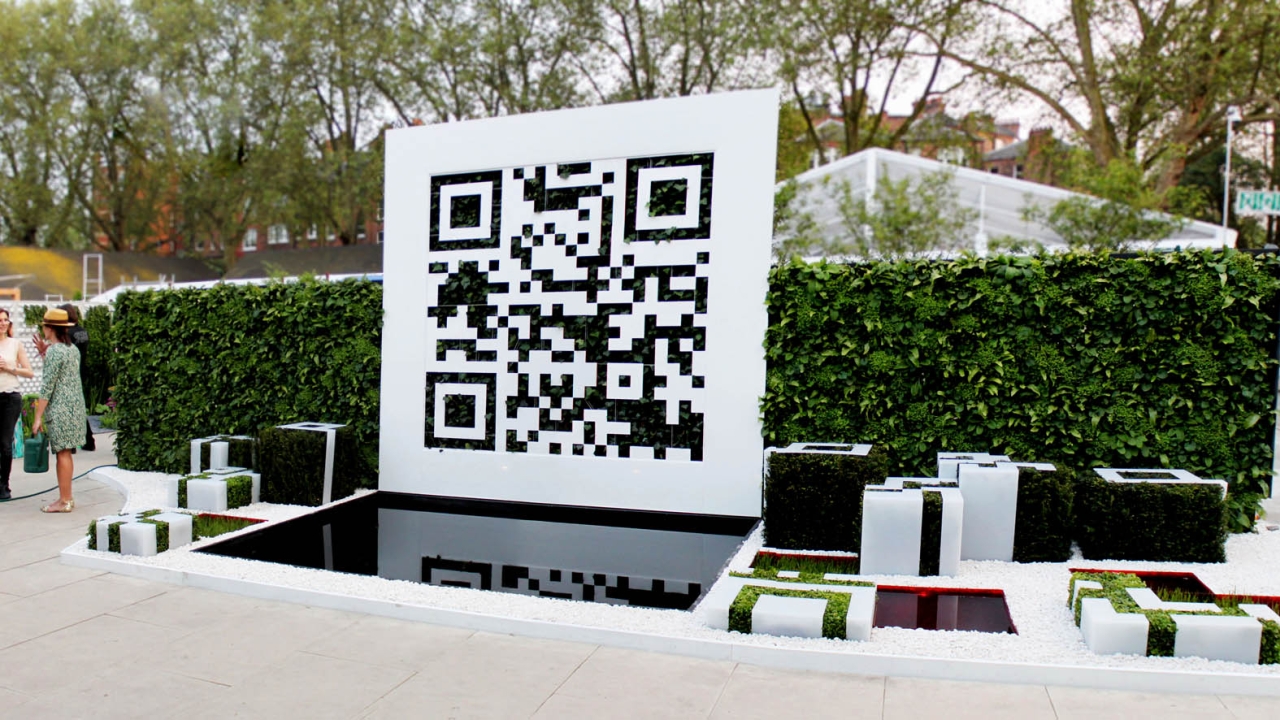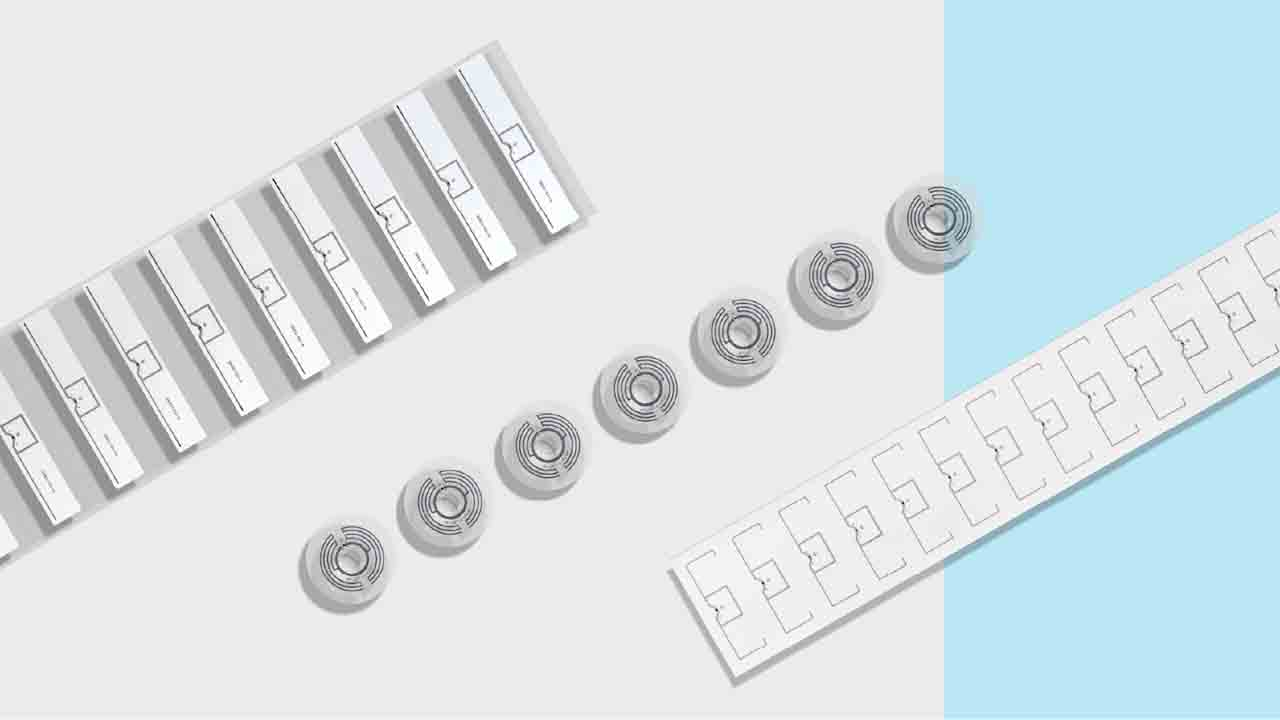Smart design

Carol Houghton looks at how smart technology will impact the design of labels and packaging
Earlier this year, global supermarket chain Marks & Spencer launched new packaging for its strawberry punnets in the UK, using It’s Fresh! technology to increase shelf life (see L&L issue 1, page 35). This marks a trend to incorporate a wide variety of smart technologies into labels and packaging.
‘It seems all sectors of the industry agree the time to look at the commercial applications for active and intelligent packaging is right,’ comments Eef de Ferrante, director of the recently launched Active and Intelligent Packaging Industry Association, AIPIA.
Launched in February, the Dutch-based AIPIA has already signed up over 40 blue chip companies from the food, pharmaceutical and logistics industries to drive technologies out of R&D and into commercial use. Members now include Dow Performance Packaging, DSM, Bayer, Motorola, NXP and Avery Dennison RFID, together with logistic companies such as UPS and retailers Marks & Spencer. The organization aims to bring the entire supply chain together to develop standards, implementation processes and communication platforms which will link production, packaging and logistics to the retailer.
de Ferrante says it is important to dispel the ‘myth’ that smart is too expensive. ‘We need to get over it and we will get over it,’ he says, predicting a dramatic change in the industry’s views in the next two to five years.
For example, when RFID was introduced a decade ago it was expected to be a major breakthrough at the item level. Whether it was too early or too expensive, it didn’t really take off. However, developments in printed electronics could change the way the industry thinks about this technology, de Ferrante believes.
The range of intelligent technologies being developed by AIPIA members includes RFID, Track & Trace, gas scavengers, sensors and antimicrobial products and materials. ‘We now have the ability to bring these to a huge market, along with developments in nano-technology, NFC and mobile commerce,’ comments de Ferrante.
As well as supply chain applications, consumers are an important target for AIPIA. ‘Thanks to the advances in telecommunications and mobile technologies consumers can now use their mobile and smartphones to communicate with the products on supermarket shelves and this is achieved through the packaging,’ says de Ferrante. ‘The ability to scan products with your mobile to get discounts, join loyalty programmes and go to company websites or on-line catalogues is no longer just a possibility, it is a reality. But it needs a broad industry network to realize the full potential of these hi-tech packaging solutions and AIPIA provides that network.’
Smart design
Label and packaging designers are now starting to consider how they can integrate smart technologies into their clients’ brands.
‘As the packaging and digital worlds combine we are seeing some interesting innovations causing us to reevaluate our design process and how we engage with consumers on packages,’ says Amina AlTai, founding partner and marketing director at New York-based brand innovation lab Imagemme.
Up to now communication with the consumer has been one-way, centered around product information. Now design agencies are seeing a shift towards engaging consumers in a ‘deeper, two-way brand dialogue’ using smart technologies, as AlTai explains: ‘It used to be we would work with textures and finishes predominantly to arouse the tactile, visual and olfactory senses. Now consumers want to be involved in the brand virtually. They want to co-create, and be a part of building the brand story. And they want it all to happen fast.’
AlTai predicts near field communication (NFC) will be a particularly strong catalyst in this packaging paradigm shift. ‘NFCs, essentially the consumer version of RFID, allow smart phones to engage with tags embedded in packaging, or other printed material, to immediately engage the consumer in an authentic and controlled brand experience,’ she explains. ‘They are already appearing everywhere from posters, and press kits to packaging as they appear to answer many of the shortcomings seen with QR codes and snap tags.’
QR codes were among the first interactive technologies, but are often let down by ineffective implementation, as well as requiring dedicated apps. ‘Consumers are able to access information faster and more seamlessly with NFC,’ adds AlTai.
NFC technology could help combat counterfeiting; embedding packages with tags enables consumers to identify a product’s authenticity. ‘Some companies are now suggesting that this could be ground breaking technology for the visually impaired, as NFCs could eventually lead to packages that communicate price and ingredients for those who are unable to read them,’ says AlTai. French supermarket chain Groupe Casino is already exploring and testing the uses for visually impaired consumers.
But while QR codes can be printed on the label or package without a significant impact on price, NFC tags cost anywhere from 30 to 50 cents each. More expense is added to the production process as tags cannot currently be applied on the package printing press.
‘Smoothly incorporating NFCs into the design of the packages can pose another challenge,’ says AlTai. ‘The NFC forum has created its own logo so that shoppers can quickly identify which packages have these tags. The logo is making strides in consumer awareness but some design agencies are finding that integrating such logos into the design of the collateral can be somewhat discordant. Ultimately, you have to look at the brand goals and the role packaging plays into those goals. Packaging designers now have to work harder to strike a balance between being on-brand and also being commercial enough for consumers to benefit from the added value of the NFC.’
She concludes, ‘Overall, we are trending towards richer branded experiences in-store and having more control over brand communication. The look and feel of a package will always be important because our brains respond to visuals and colors before they decipher words. However, an evolved experience that stimulates the modern consumer is necessary to engage them in an on-going dialogue. NFCs are a great way to do this. You can provide additional content and interactive ways of engaging the consumer that are memorable – and you don’t have to rely on the retailer to cultivate the perfect environment. It’s like the old adage says: “Tell me and I’ll forget; show me and I may remember; involve me and I’ll understand”.’
Future of QR
Madelyn Postman, from branding design agency Grain Creative, finds the challenge with QR codes is in creating something intriguing and relevant, which goes beyond a gimmick. ‘Labels and packaging lend themselves to the use of QR codes for special promotions, event information and even videos. They provide an opportunity for consumer engagement.’
One intriguing use of QR codes is a virtual store where images of products are displayed on a screen, making it possible to purchase or reserve an item by scanning a product’s QR code. A virtual store was created by Tesco at a train station in South Korea, and UK retailer Argos ran a similar campaign at London’s Paddington station in the run up to Christmas 2011. In addition, Chicago will soon have its first virtual store. ‘This interaction of a real-life installation and the virtual link creates a compelling offer’, says Postman.
However, she questions the future of the technology; ‘If I had to predict if QR codes would still be popular in three years, I would say no. You need an app to read a QR code, so again it takes about as much time to open the app and scan the code as it does to open a browser and type in a simple url.’
QR codes blossoms
This year’s Chelsea Flower Show, held annually in the UK by the Royal Horticultural Society (RHS), featured a QR code garden with a focal wall of vertical planting in the shape of a QR code. Incorporating technology and horticulture, visitors were able to scan the code for access to The QR Code Garden website, providing further project information. QR technology was also used throughout the show to enhance the visitor experience.
The garden was designed by landscape architect, Jade Goto in collaboration with Green Graphite. ‘The space references the formal garden traditions through the use of sharp geometric form and clipped topiary, but is brought into the present day through the engagement with this exciting new way of accessing virtual information.’
Pictured: The QR Garden at the Chelsea Flower Show
This article was published in L&L issue 3, 2012
Stay up to date
Subscribe to the free Label News newsletter and receive the latest content every week. We'll never share your email address.

